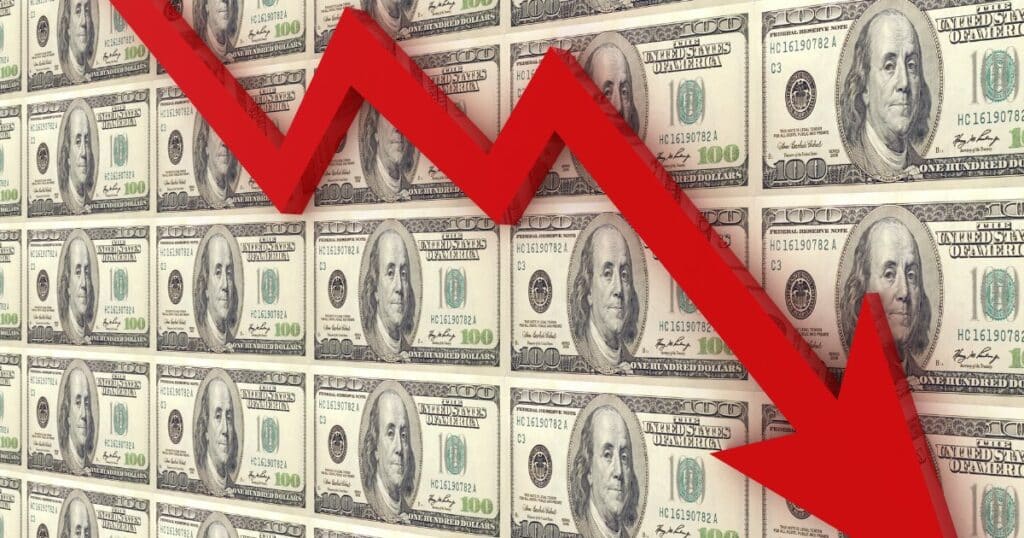Motorcycle enthusiasts and industry insiders alike have felt the ripple effects of recent tariff changes. While governments use tariffs as economic tools to protect domestic industries or address trade imbalances, these measures often come at a price—especially for global supply chains. The motorcycle industry, heavily reliant on international parts and production, is no exception.
Now, let’s unpack the latest tariffs, explore their far-reaching consequences on motorcycle availability and pricing, and highlight strategies for riders and retailers to navigate these challenges.
The Impact of New Tariffs on Motorcycle Manufacturing
Motorcycle production is a complex, global operation. Brands source components from various countries, and assembly often takes place in multiple locations. Tariffs on raw materials and finished motorcycles can significantly disrupt this process.
Costly Components and Rising Prices
Steel, aluminum, and electronic components—the backbone of modern motorcycles—have all been affected by tariffs imposed on key exporting countries. As import taxes on these materials rise, manufacturers are forced to either absorb the additional costs or pass them on to consumers.
For instance, a major motorcycle brand that sources aluminum frames from Asia now faces a 15% tariff increase. This raises production costs, which ultimately results in higher retail prices.
Assembly Delays and Supply Chain Bottlenecks
Many motorcycle brands operate just-in-time manufacturing models, meaning they rely on precise timing for the arrival of imported parts. Tariff changes, coupled with additional customs checks, slow down these deliveries, causing production delays.
Imagine a popular adventure bike, set for launch in North America. New tariffs on imported suspension components mean the manufacturer has to pay extra fees or find alternative suppliers—both of which extend the timeline for getting the bike onto showroom floors.
The Global Forces on Distribution and Sales

Tariffs don’t just affect manufacturers—they impact distributors, dealerships, and consumers.
Limited Inventory for Dealerships
With production slowdowns, dealerships find themselves struggling to maintain stock. Fewer motorcycles arriving on time means limited choices for customers, forcing some riders to either wait months for their preferred model or settle for a less desirable option.
Price Surges for Consumers
The result is clear: Higher import fees lead to higher retail costs. A motorcycle that once retailed for $10,000 might now climb to $11,500, putting added financial pressure on buyers.
Pro Tip: If you’re considering a new bike purchase, research brands with local manufacturing. Some companies assemble motorcycles domestically and may be less affected by tariffs.
How Motorcycle Companies Are Adapting

Facing these hurdles, manufacturers and dealers have begun adjusting their strategies.
Sourcing Alternatives
Some brands are shifting component sourcing to tariff-free countries or renegotiating supplier contracts to minimize costs. This isn’t always seamless—new suppliers may require adjustments to production techniques or quality standards—but it’s a necessary move for survival.
Production Relocations
Large manufacturers are exploring factory relocations to avoid tariffs on imports. For example, a European brand heavily impacted by tariffs on U.S. exports may move assembly operations to North America to sidestep import taxes.
Digital Shift for Dealerships
With fewer motorcycles physically available, dealerships have embraced online sales and pre-order models. Riders can reserve bikes in advance, ensuring they get their preferred models despite inventory shortages.
The Role of Government Policies in Shaping the Market
Government intervention plays a critical role in determining the trajectory of motorcycle imports, exports, and pricing structures. While some tariffs aim to boost local manufacturing, others result from broader trade disputes.
Retaliatory Tariffs and Trade Wars
Tariffs are often a response to international trade disputes. If one country imposes a tariff, another may retaliate with its own restrictions, creating a domino effect. Motorcycles caught in the middle of these global conflicts see price swings and reduced availability.
For instance, a trade dispute between North America and Asia could lead to higher costs on imported Japanese motorcycles, forcing brands to rethink distribution strategies.
Government Incentives and Exemptions
Not all tariffs remain in place indefinitely. Some governments introduce exemptions or incentives for businesses that relocate production domestically or invest in sustainable manufacturing practices. Riders and industry professionals should stay updated on policy shifts, as exemptions can reduce motorcycle costs significantly.
Supply Chain Innovations Amid Tariff Challenges
While tariffs pose obstacles, they also encourage industry innovation. Companies seeking to maintain competitive pricing have started exploring more advanced logistics solutions.
Diversification of Suppliers
Instead of relying on a single overseas supplier, manufacturers have begun diversifying their sourcing strategies. By working with multiple suppliers across different countries, brands can minimize risk and shield themselves from drastic tariff fluctuations.
Technological Advancements in Logistics
New tracking technologies, predictive analytics, and automated inventory systems are helping manufacturers and dealers streamline supply chains. By anticipating slowdowns and adapting before issues arise, businesses can reduce delays and avoid major financial losses.
The Rise of Secondhand and Aftermarket Markets
With new motorcycles facing price hikes, riders are increasingly turning to secondhand options and aftermarket upgrades.
Growth in Pre-Owned Motorcycle Sales
The used motorcycle market has seen a surge as buyers opt for cost-effective alternatives. Models that were once overlooked are now in high demand, leading to greater competition and price shifts even within secondhand sales.
Expanded Aftermarket Customization
Rather than purchasing expensive new motorcycles, many riders are upgrading existing bikes with aftermarket parts. This trend has fueled growth in accessory companies specializing in performance enhancements, allowing riders to get the experience they want without breaking the bank.
The Road Ahead
Tariffs have reshaped the motorcycle industry, affecting production, pricing, and availability. While governments continue adjusting trade policies, manufacturers, dealerships, and riders are finding ways to adapt.
The key takeaway? Stay proactive. Whether you’re buying, selling, or maintaining a motorcycle, understanding the shifting landscape can help you make informed decisions in an era of economic uncertainty. Contact us today to learn more about how we can assist you in getting your bike ready for the road ahead!




